Fossil fuels currently account for two thirds of the energy generation profile of the electricity used by UNO.
Although the burning of fossil fuels creates many direct and indirect issues for human health and the environment, such as air pollution and greenhouse gas emissions, they will remain a part of our energy mix for the foreseeable future. The best way to mitigate these effects in the short term is to focus on energy efficiency and conservation.
Sustainability Vision
UNO uses energy efficiently and strives to have energy produced from renewable and carbon-neutral sources equal to the amount consumed. UNO uses existing, efficient building spaces to their fullest.
Initiatives
General Energy & Emission Programs
- UNO publishes a GHG Inventory every year. To find all Inventories, along with other reports, visit UNO Sustainability's Reports & Assessments page.
- A building temperature policy was adopted in May 2009 to conserve energy and make best use of our resources.
Lighting Projects
- Light Emitting Diode (LED) Lamp Upgrades:
- Installed in most of our buildings.
- Replaced high-intensity discharge (HID) lamps in our parking structures and perimeter roadways.
- Occupancy Sensor Installation:
- Installed in all new construction and renovation projects.
- Installed in existing buildings during lighting retrofit projects.
Energy Management
- Continuous real-time monitoring and trend analysis of energy use is conducted by Maintenance and Operations Services to ensure proper and efficient operations.
- Buildings are "powered down" during the holidays.
Maintenance and Operations Upgrades
- Efficiency improvements to the Central Utilities Plant, including new chillers.
- Energy efficient HVAC systems are being installed.
Renewable Energy Programs
- The Barn at Glacier Creek Preserve uses geothermal for its heating and cooling needs.
Sustainable Buildings
Buildings typically are the largest users of energy and water and are the largest sources of greenhouse gas emissions and waste on campus. By designing, building, and operating buildings in a sustainable manner, universities can use resources more efficiently while providing a safe and healthy environment for their community. In addition to the environmental benefits, sustainable buildings typically have a lower operating cost due the efficient use of resources.
Sustainability Vision
When needed, new buildings are designed and built to the best resource conservation standards.
Our Goal
By order of the President of the Nebraska University System, all new construction and renovations must be up to Leadership in Energy and Environmental Design (LEED) standards, described in detail in the Sustainable Design Policy.
Initiatives
General Building Initiatives
- Use of paints and finishings that are low in toxicity.
- Furniture, casework, etc. is refurbished rather than replaced, when possible.
- Facilities Management and Planning endeavors to use materials, such as flooring and furnishings, which have a low impact on the environment.
College of Public Affairs & Community Service (2008)
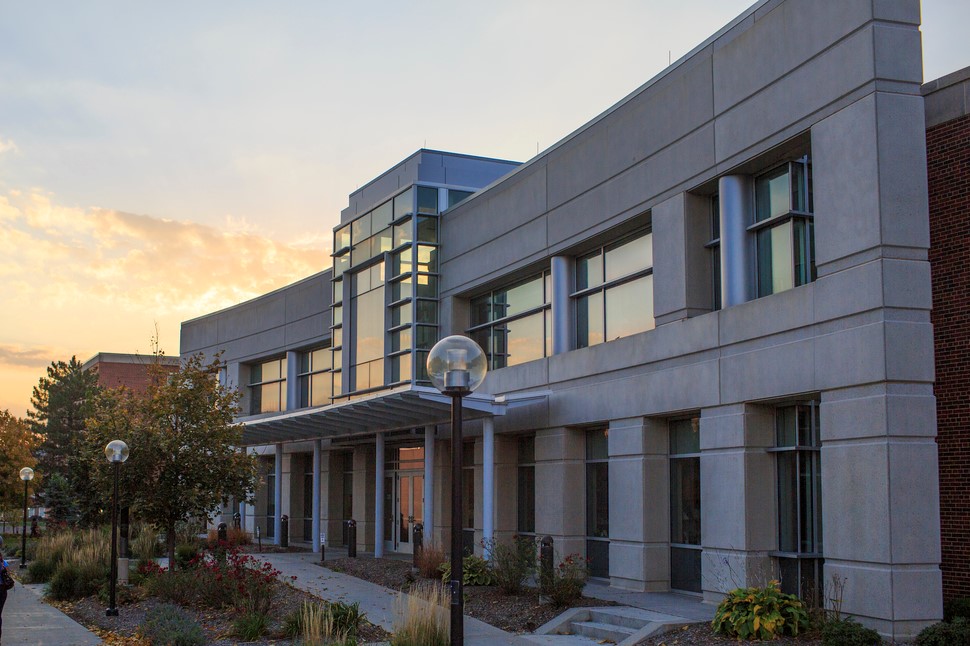
- Complete redesign and modernization of the former engineering building
- Shingle section of the roof was done with recycled plastic, made from milk containers
- Daylighting and views throughout
- Energy efficiency improvement
Mammel Hall (2010)
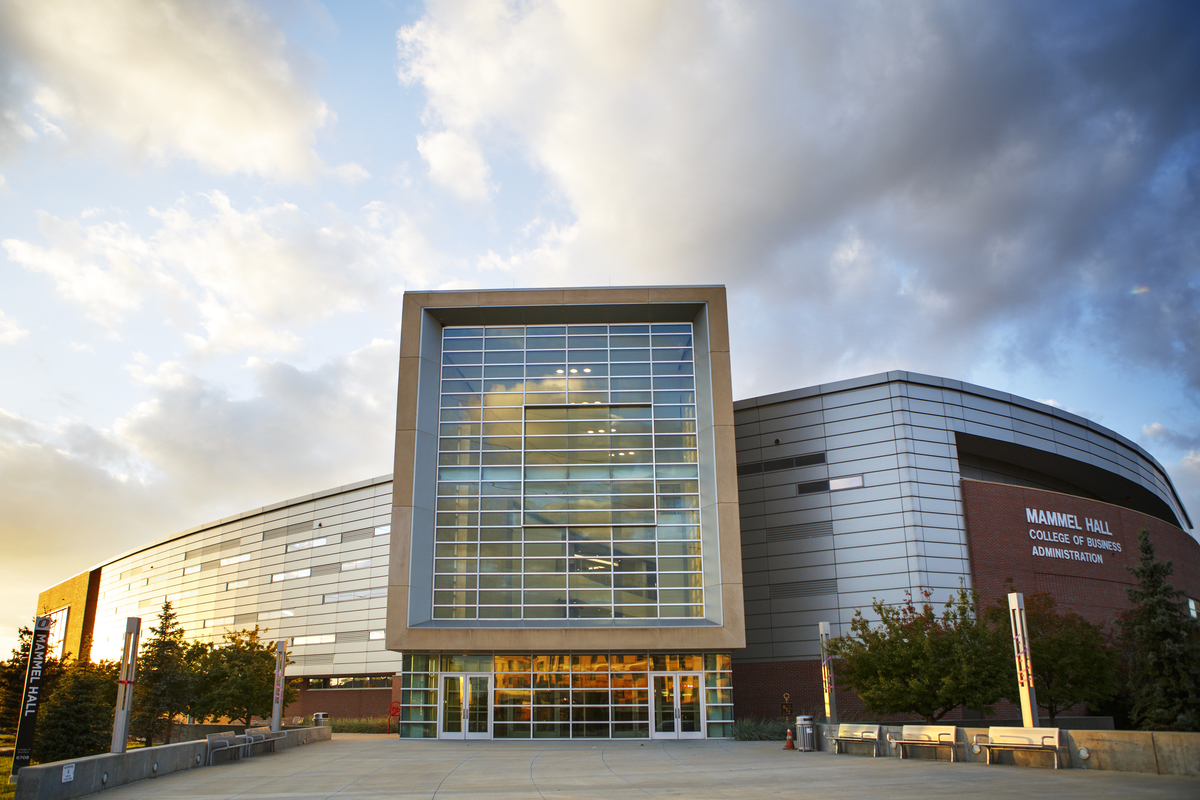 First building within the University of Nebraska system to earn LEED Gold certification.
First building within the University of Nebraska system to earn LEED Gold certification.
- Daylighting and views throughout
- Exterior water reduction practices
- Construction waste management
- Optimized energy performance
- Stormwater management practices
Roskens Hall (2011)
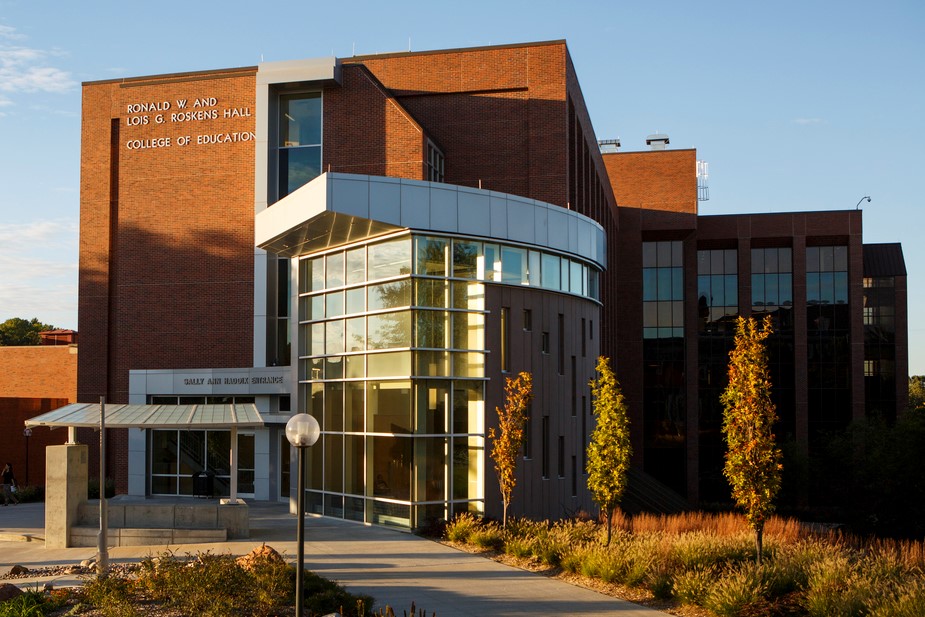
- Carpet and paint meet the LEED standard for air quality
- Furniture contains up to 80 percent recycled materials
- Natural daylighting throughout
- LED lighting utilized
Barbara Weitz Community Engagement Center (2014)
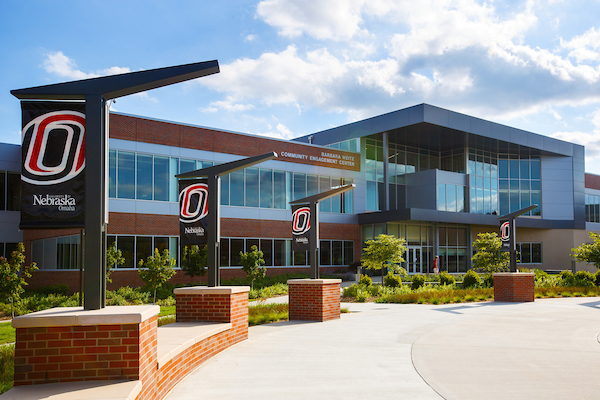
- Designed to provide plenty of access to daylight
- Awnings and shades allow for the sunlight to be appropriately managed
Baxter Arena (2015)
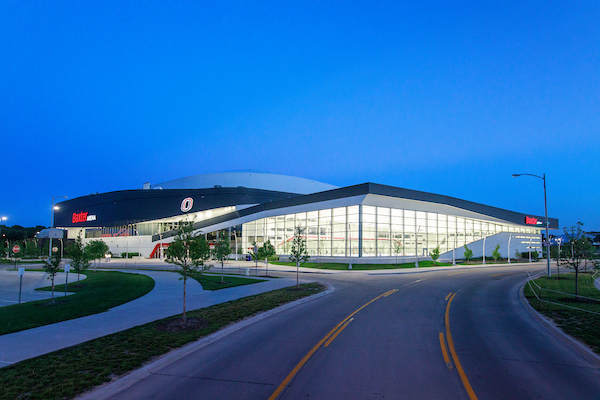
- Computer-based building controls for temperature and humidity levels
- Photocells are used to monitor light levels for all exterior lighting
- Lighting controlled by computer/tablets allowing building managers to turn off lights remotely
Milo Bail Student Center (2016)
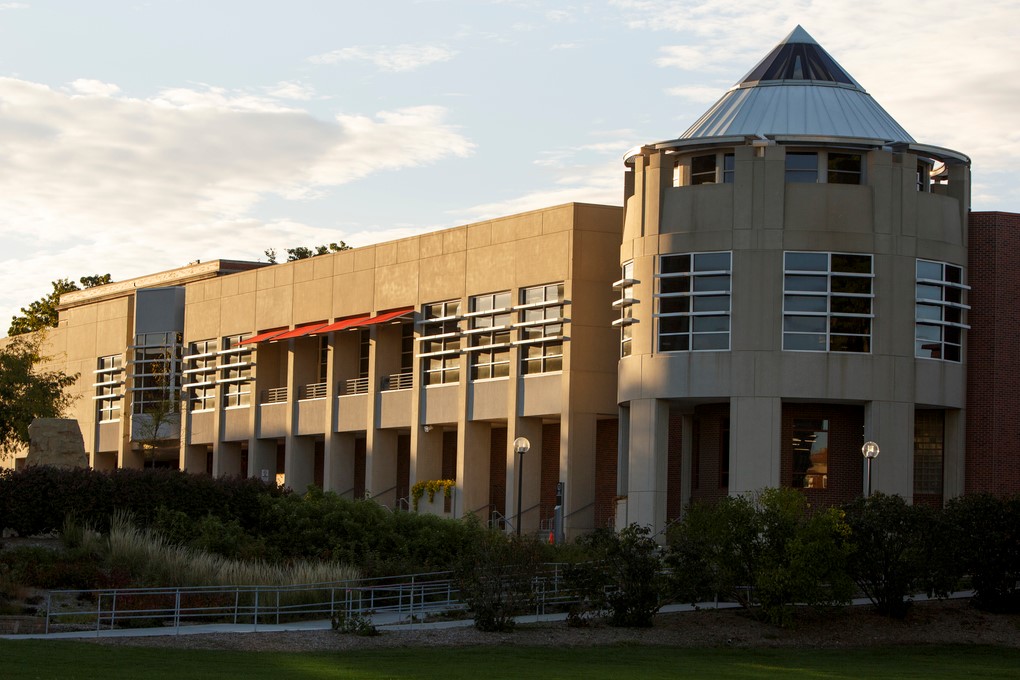
-
New HVAC system installed to improve heating and cooling